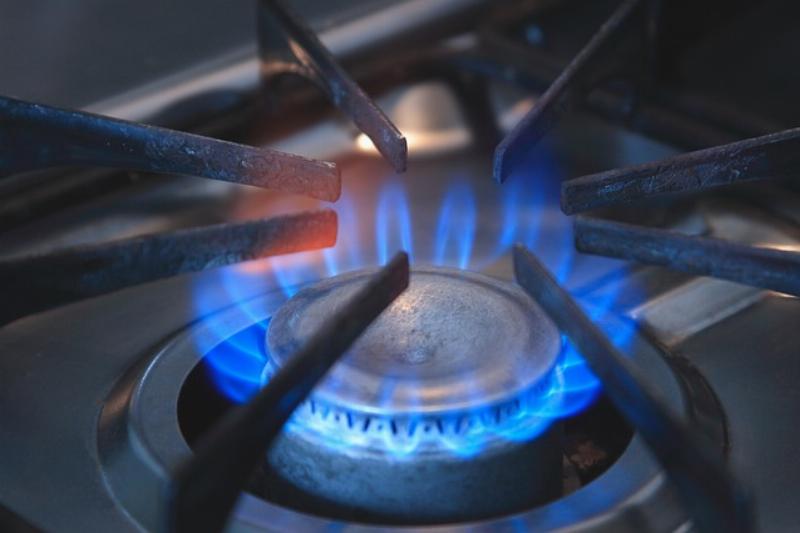


In West Texas, where wind and solar power are more abundant than most anywhere else on the planet, why are developers of new multi-gigawatt data centers, like the builders of Stargate, one of the world’s largest data center projects, planning to build 360 megawatts of gas power generation? If wind and solar are as beneficial as advocates claim, why wouldn’t data center owners harvest the steady winds and bright sunshine of West Texas? Nothing is stopping them, yet they choose to build gas power generation instead. What do they know that has escaped the mainstream media’s attention? Could it be that solar and wind are not nearly as economical and reliable as boosters report?
No one in mainstream media seem willing to address these questions, even though the answers are not difficult to fathom. It comes down to an understanding of asset utilization. Let me give you an example. An owner of three cars that drives each 33% of the time, will pay more for transportation than an owner of one car that drives it 100% of the time. This applies as well to a data center developer who uses three sources of power: wind, solar, and gas. He has three expensive assets generating power only a fraction of the time. In West Texas, the capacity factors (which are measures of asset utilization), for wind, solar and gas in combination are, respectively 31%, 20%, and 36%, compared to a capacity factor of 60% for gas alone.
Even if you throw in the cost of fuel, the ratio of the cost of renewables in combination with gas to gas-alone is 160%. Another way to look at it is that the price of gas would have to increase six-fold (6x) for renewable generation to reach cost parity with gas. That is why stripping away the tax credits for wind and solar are so fatal to the industry. The same is true elsewhere in the world in places as removed as the UK and Spain.
It is not just cost that concerns data center developers. There is the issue of reliability. If the recent blackout in Spain has taught the power industry anything, it’s that pushing the limits of renewables to power the grid can result in catastrophic failure. Without the stabilizing effect bestowed by traditional, large rotating generators, grids wanting to operate with a high percentage of renewable power will have to install expensive substitute solutions. These solutions provide synthetic inertia that mimics the natural inertia of a traditional power network.
It all comes down to economics and reliability, which as I indicated is also a function of economics. It may be that some data center operators will pay a premium for more expensive renewable energy to give them bragging rights to being green. However, most data center operators in a race to provide the almost insatiable appetite for AI computation are not concerned with being viewed in that fashion. As economic interests eclipse sustainability agendas for data center operators, the belief in renewables will retreat further from the real world back into academia, the last bastion for most failed ideas.

Image: Free image, Pixabay license.
